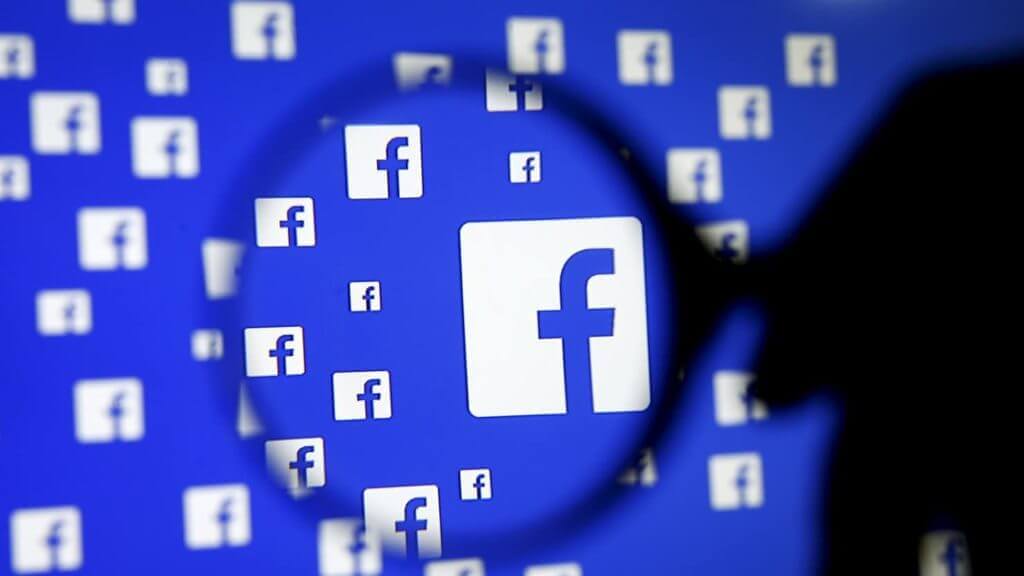
After a tumultuous year for Facebook, it’s unsurprising that many of the company’s advertising changes revolve around the proper handling of user data. Updated regulations, including the General Data Protection Regulation in Europe, have encouraged the platform to remove specific third-party demographic targeting features, such as household income and behavioral targeting.
Also, the social media hub has implemented procedures that prevent advertisers with custom audiences from sharing user data without users’ consent. Consequently, users now have the opportunity to opt out of ads from advertisers that shouldn’t have their personal information.
In all likelihood, Facebook will continue to strengthen its stance on protecting user data while increasing the transparency of advertisements in general.
Now, all users can see what kinds of ads are connected to a Facebook page, amping up accountability and making it more difficult for advertisers with malicious intentions to run shadowy campaigns. On the other hand, advertisers that have been legitimately obtaining customer data all along will experience an easier time continuing their efforts, and they’ll benefit from the company’s artificial intelligence improvements.
While many marketers will be excited about the above updates, these and other changes are not without difficulties.
As some of the targeting options available to Facebook advertisers disappear, marketers will become increasingly reliant on custom audiences. Those that have been building audiences of past customers, email subscribers, site visitors and video viewers will be in a strong position. However, just going through the motions of building a custom audience without having an optimization game plan won’t do marketers any favors. In fact, 62 percent of Facebook ads fail to make an impact for small businesses for this very reason.
Another challenge for marketers stems from the Info and Ads tab at the top of pages. Now, users can see all of a company’s ads in one place, including those running on Instagram and Messenger. What this change means is that competitors can closely monitor one another and imitate the ads of successful companies.
Although Facebook has already made sweeping changes, there are likely more to come. As the current changes settle in, marketers can count on these four predictions:
Users will be the No. 1 priority
Facebook has been vocal about putting the user experience and trust above all else, and the company went beyond its requirements from a regulatory perspective. This prioritization isn’t surprising because ad revenue depends largely on the size of the user base and the unwavering trust users have in what they see on the application.



